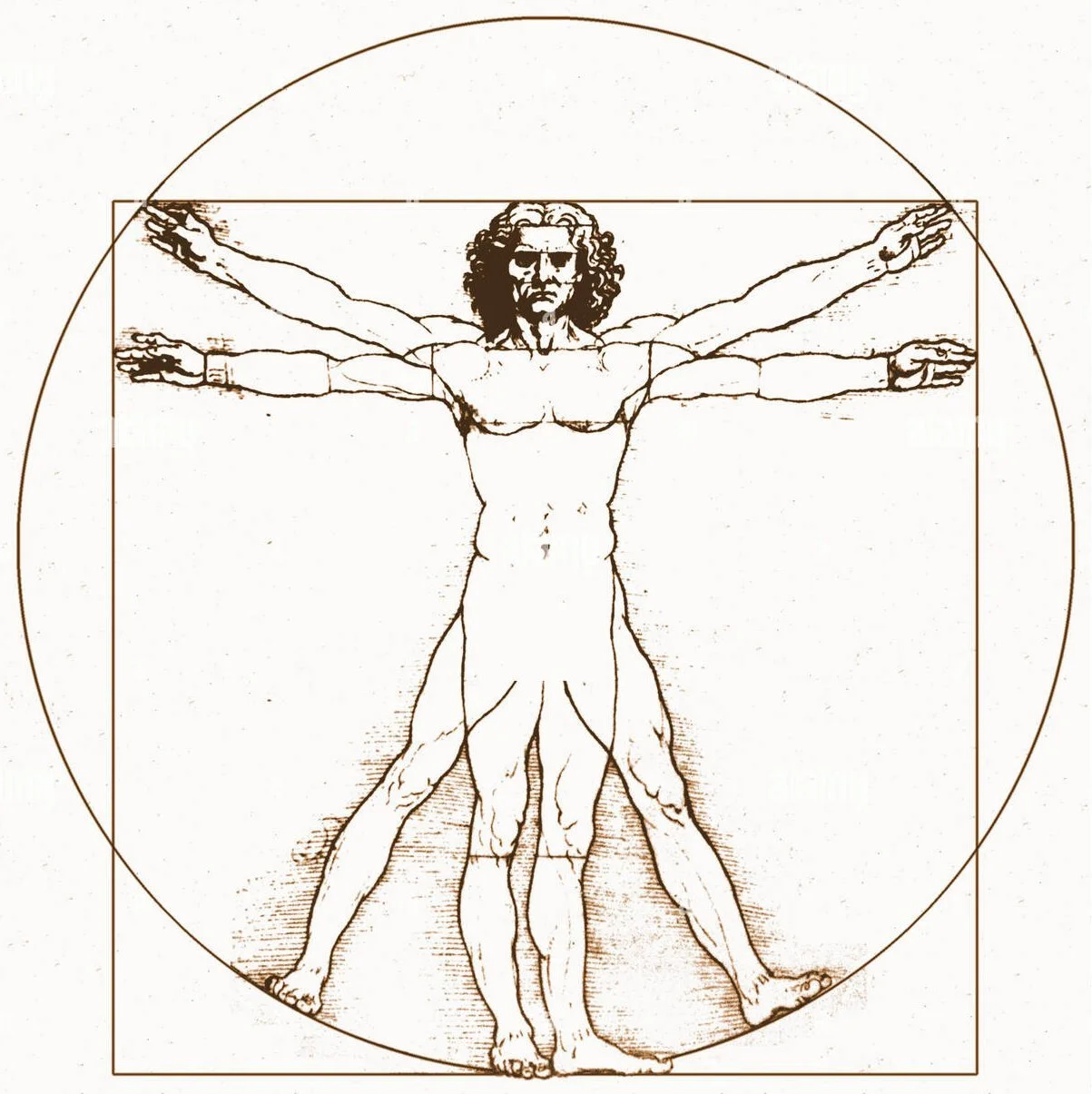Aesthetics vs. Audience: The Psychology of Design
In college, design is credited as an art. It is often seen as a purely visual discipline, but at its core, it is about understanding, communicating, and capturing an audience. A well-designed piece evokes emotions and influences decisions. On the other hand, psychology is credited as a science, but at its core, it’s an attempt to observe the art of living. This is why I believe combining psychology with design can be a valuable commodity. Understanding human behavior and cognitive processes can elevate a designer’s ability to create meaningful and effective work. Knowing who the intended audience is and how that audience interacts is key to designing practical solutions. After all, it’s the audience’s response to a design that determines its success; a design is not considered successful just because the stakeholders like it.
I started my design career at the age of 15, where I began working at a local screen-printing shop. What started as dirty work—cleaning screens and printing presses—quickly led to me doing more design work as the owner saw my potential. By my senior year, I was creating all designs, along with setting up prints and ordering supplies. After high school, I started my own screen-printing business, which eventually led to more career options in the design and marketing industry. Let’s just say, by age 30, I had already designed over a thousand print materials and digital media ads for churches, schools, small businesses, and large corporations. It wasn’t until later in life that I decided to attend college. Why? Because with my experiences, I learned that good design isn’t just about aesthetics; it’s about the audience. Early in my career, I focused solely on the aesthetics. As long as it looked good, I considered it good. And as any designer learns, just because YOU think it looks good doesn’t mean that someone else will. The more experience I gained, I realized that a good design must resonate with the audience to be considered good. To be truly impactful, I must study the people that I’m designing for (aka psychology). This realization led me to pursue a degree in psychology rather than a traditional design or marketing degree.
Psychology helps designers anticipate how users will perceive and interact with a design. Concepts such as color psychology and the principles of persuasion (as outlined by Robert Cialdini) all play a crucial role in crafting effective designs. For instance, color choices can influence mood and behavior, while an understanding of Gestalt principles can help designers create layouts that naturally guide the viewer’s eye.
Even more valuable with psychology is research. Research is an empirical science, which means knowledge is gained through systematic observation. This is something that Adam Bunke, former Head of Design at Talkiatry, instituted into our team of designers at the onset of our work together. Both quantitative and qualitative research allows designers to observe and understand how audiences react to different concepts and variables, which narrows the focus towards designing a successful graphic or system.
Despite the clear benefits of psychological insight in design, many companies still prioritize formal design or marketing degrees over an understanding of human behavior. Even with decades of hands-on experience and a psychology degree that enhances my ability to design for real people, I have encountered hiring challenges due to the idea that an art degree is required to be a qualified designer.
My goal in writing this isn’t to argue which is better: a design degree or psychology degree. My goal is to shed light on the value of psychology in design. If companies embraced the idea that understanding people is just as critical as understanding systems and visual composition, they could see stronger engagement, better user experiences, and more impactful branding.
For designers looking to improve their craft, I encourage exploring psychology. Whether through formal education, books, or research, the ability to design for the human mind is a game-changer. And for the employers out there, it’s time to recognize that great design isn’t just about pixels—it’s about people. People produce the profits.

